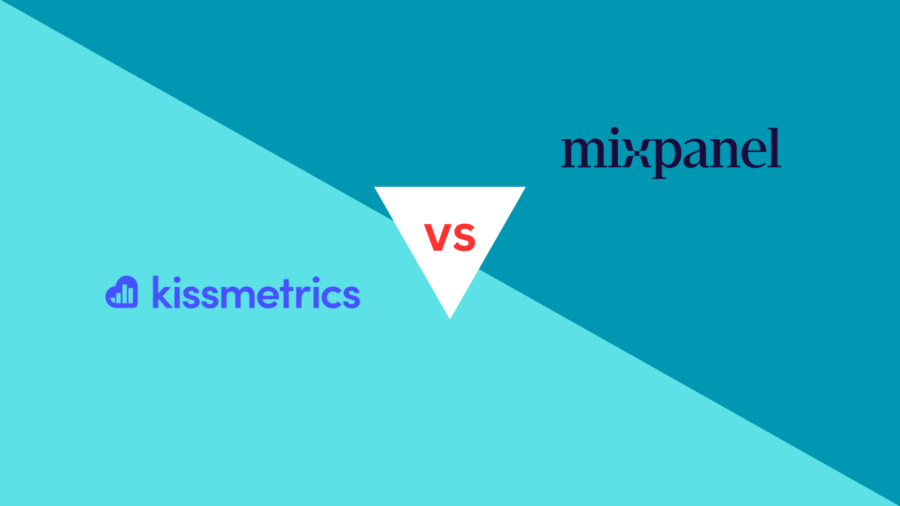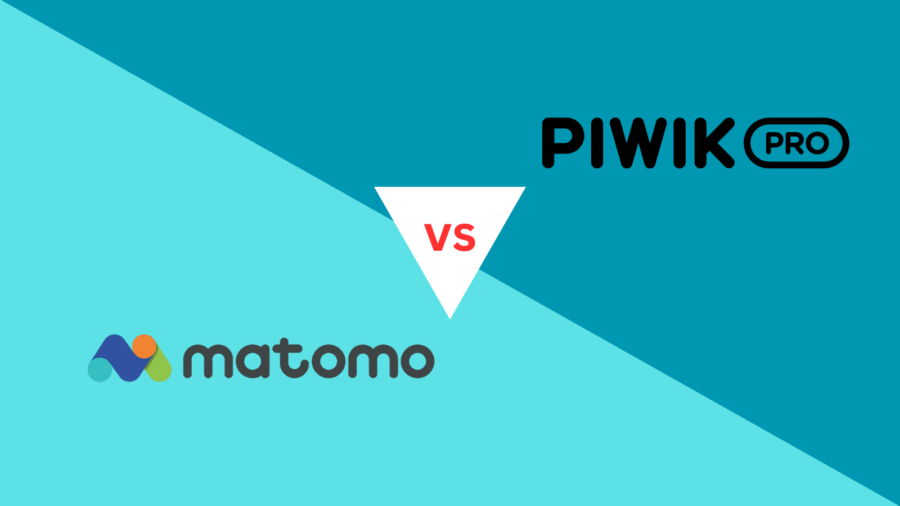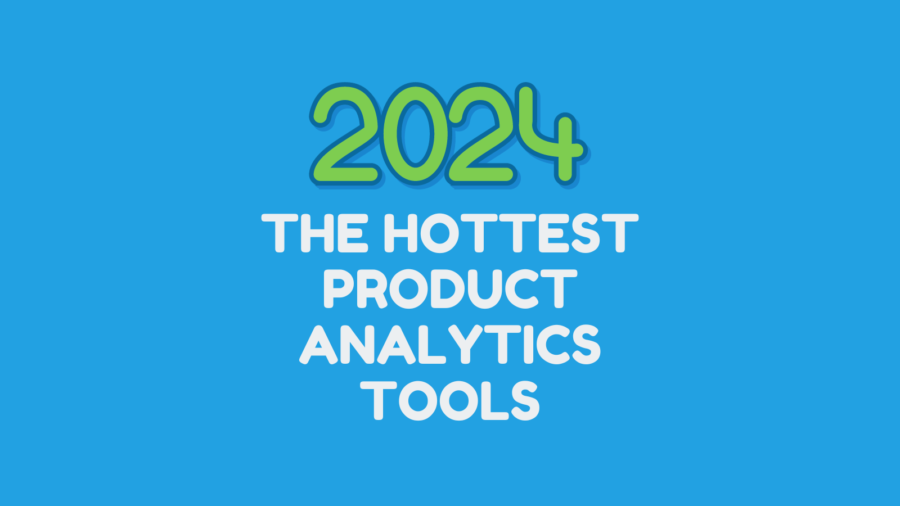Introduction:
In the fast-paced world of digital business, understanding user behavior and making data-driven decisions are crucial for success. Two prominent players in the realm of product analytics, Kissmetrics and Mixpanel, have been helping businesses unravel the mysteries of user interactions and engagement. In this blog post, we will conduct a thorough comparison of these two platforms from a product analytics perspective, exploring their features, strengths, and potential use cases.
- User Tracking and Analytics:
Both Kissmetrics and Mixpanel excel in user tracking and analytics, providing businesses with insightful data on how users interact with their products. Kissmetrics, known for its simplicity, offers a comprehensive user-centric approach. It allows tracking individuals across sessions, providing a holistic view of the user journey. On the other hand, Mixpanel boasts a powerful event-centric model, enabling detailed tracking of specific user actions and events. Users can analyze trends, funnels, and retention, making it ideal for companies seeking granular insights into user behavior. - Event Tracking and Customization:
When it comes to event tracking, Mixpanel takes the lead with its robust customization options. Users can define and track any event relevant to their business goals. This flexibility is especially beneficial for companies with unique user interactions. Kissmetrics, while not as flexible as Mixpanel, offers predefined events and a straightforward setup process, making it a user-friendly option for businesses with simpler tracking needs. - Funnel Analysis:
Funnels are pivotal for understanding the user journey, from acquisition to conversion. Kissmetrics and Mixpanel both provide funnel analysis tools, but with different approaches. Kissmetrics focuses on person-based funnels, allowing users to track an individual’s progression through a series of events. Mixpanel, however, emphasizes event-based funnels, enabling a more detailed analysis of user interactions. The choice between the two depends on whether your business prioritizes individual user journeys or event sequences. - Retention Analysis:
Retaining users is a paramount concern for businesses, and both Kissmetrics and Mixpanel offer retention analysis features. Kissmetrics provides cohort analysis, allowing users to track groups of users who share a common characteristic. Mixpanel, on the other hand, offers advanced retention analytics, giving insights into user behavior over time. The platform’s ability to track long-term user engagement makes it an excellent choice for businesses focused on sustained customer relationships. - Segmentation Capabilities:
Effective segmentation is crucial for targeted marketing and personalized user experiences. Kissmetrics provides segmentation based on a user’s traits and behavior, allowing businesses to tailor their strategies accordingly. Mixpanel’s segmentation capabilities are equally robust, enabling users to create detailed segments based on a variety of parameters. Whether you prioritize simplicity or depth in segmentation, both platforms offer powerful tools to understand your audience. - Integrations and Data Import/Export:
Integrating analytics data with other business tools is essential for a seamless workflow. Kissmetrics and Mixpanel support a range of integrations with popular platforms, though Mixpanel’s integration ecosystem is slightly more extensive. Additionally, Mixpanel allows users to import and export data, providing flexibility for businesses with diverse data sources. Kissmetrics, while offering essential integrations, might require additional effort for certain custom integrations. - User Interface and Ease of Use:
Kissmetrics has long been praised for its intuitive and user-friendly interface. The platform’s simplicity makes it accessible to users with varying levels of technical expertise. Mixpanel, while powerful, may have a steeper learning curve due to its extensive feature set. However, once users become familiar with Mixpanel’s interface, they can harness its full potential for in-depth analytics.
Conclusion:
In the dynamic landscape of product analytics, choosing between Kissmetrics and Mixpanel ultimately depends on the specific needs and priorities of your business. Kissmetrics shines with its simplicity and focus on individual user journeys, making it an excellent choice for businesses seeking straightforward yet powerful analytics. Mixpanel, with its event-centric approach and advanced features, caters to companies that require detailed insights into user interactions and behavior.
Whether you prioritize user-centric analysis, event tracking, or a combination of both, both Kissmetrics and Mixpanel are formidable contenders in the product analytics arena. Evaluate your business goals, the complexity of your user interactions, and your team’s preferences to determine which platform aligns best with your needs. In the end, the right choice between Kissmetrics and Mixpanel can unlock a wealth of actionable insights, paving the way for data-driven success in the digital landscape.
Check more comparisons from our Unraveling the Power of Product Tools series.





